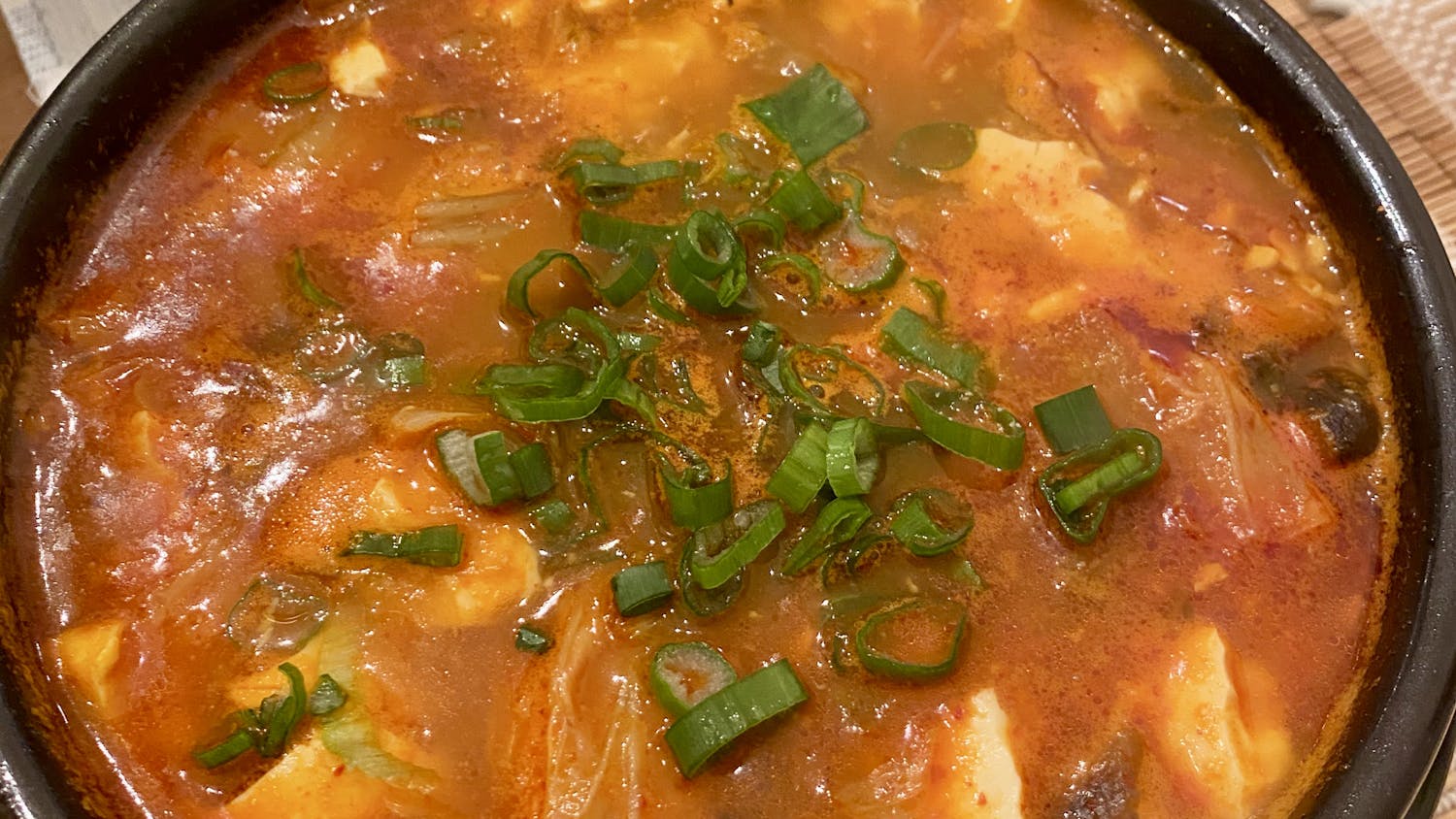Students often demean Dartmouth Dining Services for its quality, but DDS is undeniably convenient and reliable. However, the pandemic has increased the number of students living off campus while restricting DDS to students in dorms. No longer can off-campus students, like myself, walk to the dining hall after a long day of classes. We are out in the real world to fend — and cook — for ourselves.
Cooking for yourself, let alone for others, presents an entirely new challenge to Dartmouth life. Coordinating a house cooking schedule is a test of organization, but with diligence and the strategies listed below, putting food on the table can be simple.
Working ahead is key for efficiency. In a previous article, I covered how pre-prepared ingredients open up the avenue for many different meals from a set of basic ingredients. Pre-cut vegetables, pre-made sauces and pre-cooked proteins allow for meals in minutes, and dinners like noodle soup, stir fry vegetables and tacos can go straight from fridge to stove. Taking these steps ahead of time will save you in a weeknight crunch.
Additionally, I have come to rely on one-step recipes during my time as an off-campus college student. Being able to just dump every ingredient straight into one pot is a lifesaver. Cooking appliances like an Instant Pot, Crockpot or even just a large pot on the stove will make these tasty meals come together effortlessly. Some of my favorite recipes are Thai red curry, chicken and rice, and bean chili, but there are many more dump-and-go recipes on the internet. When it is my turn to cook for the house, I use this method whenever I have a time constraint. Especially for large groups, these recipes are extremely useful because they can be scaled for any amount of people.
When grocery shopping, be sure to buy items that pack of a lot of flavor. Products like miso paste, curry paste, chipotles in adobo and Korean red pepper paste elevate even the most simple ingredients into filling and flavorful meals. With the miso paste, I often make a pot of soup noodles with the odds and ends of vegetables lying around in my fridge. With curry paste and chipotles in adobo, I make Penang curry and turmeric adobo chicken and rice. With the Korean red pepper paste, I love to marinade proteins and cook stews like soondubu jjigae. Any ingredient that imbues an aggressive flavor like balsamic vinegar or soy sauce will immediately impart a great depth of flavor in fundamentally basic dinners.
Assigning jobs in the kitchen is another strategy that can make off-campus cooking easier. Having a weekly schedule for this helps maintain positive group dynamics and makes cooking less of a chore. Tag-teaming a dinner with friends is more fun and efficient than tackling it alone. That way, someone can prep food as someone else starts to cook, and there are always two eyes on every step of the recipe. My ideal number in the kitchen is two, especially with limited kitchen space, so that we can still be efficient while avoiding overcrowding the kitchen.
These strategies will help overcome the difficulties of cooking off campus. Although it may seem daunting to cook so regularly, these tips for prepping ahead, following one-step recipes, buying flavorful ingredients and cooking with friends will produce simple, high quality dishes. Until we can return to the safety blanket that is DDS, off-campus students must be culinarily self-sufficient.




